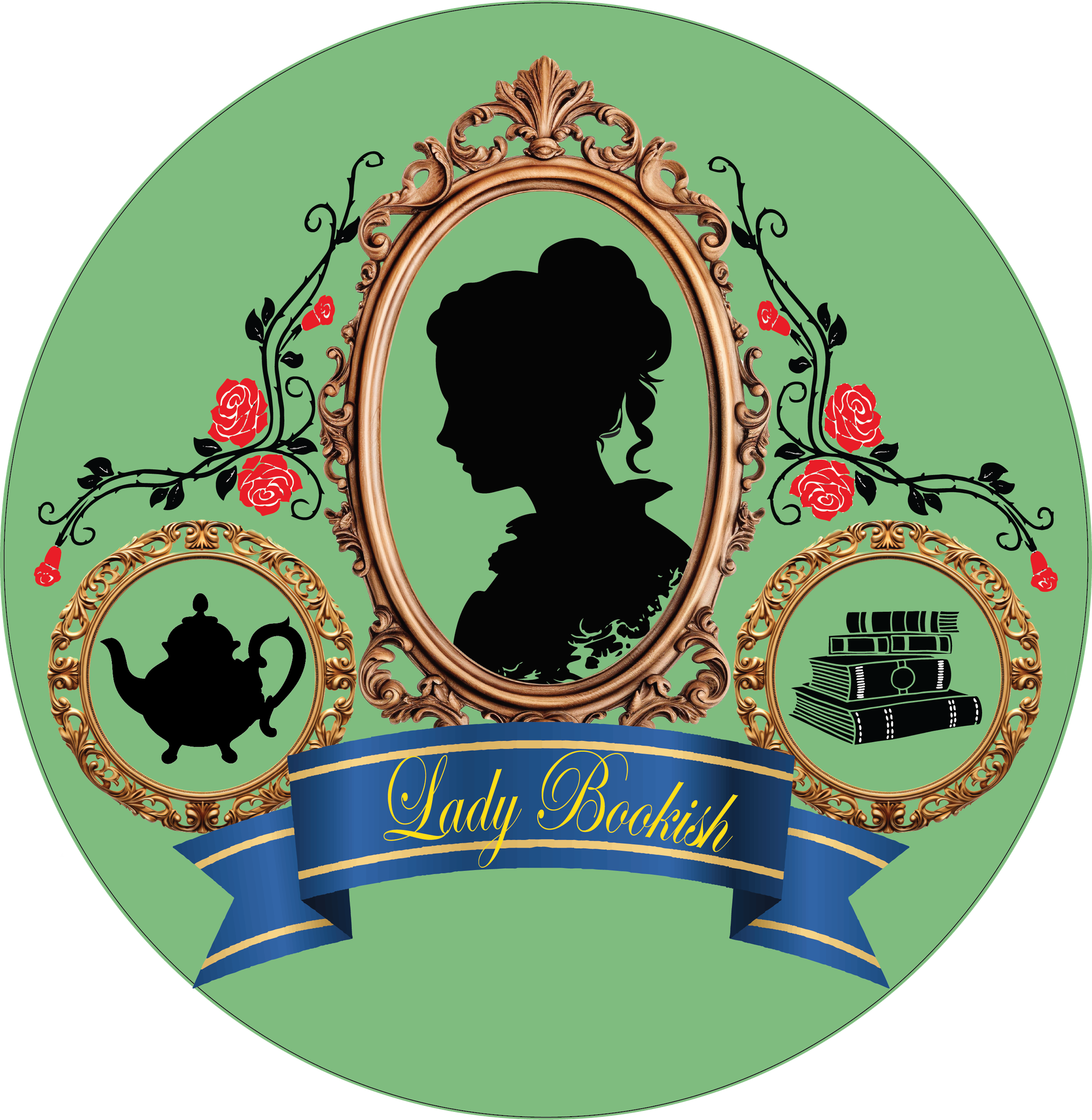More than Windmills: Miguel de Cervantes and the Significance of Don Quixote

Hello lovely readers! I hope all of you are enjoying the lovely month of May. I have begun my ‘May of La Mancha’ challenge and have, as of writing this, read 226 pages (a bit behind but working to catch up). So far, I am enjoying it- but this post is not about my progress or thoughts on the book. In today’s post, we will be looking at the author Miguel de Cervantes, how the novel came to be, and the impact it has had on literature and culture. I knew nothing about this author before researching for this post and he certainly had an eventful life!
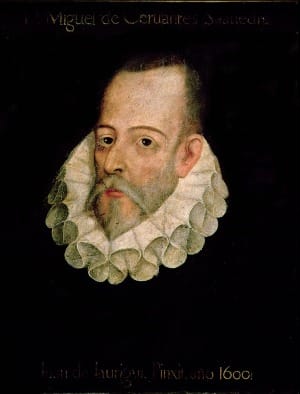
The Author
Miguel de Cervantes Saavedra was born on September 29, 1549 in Alcala de Henares, Spain (the date is estimated by historians as there is no official birth record). He was the 4th of 7 children. His father was a barber surgeon- essentially someone who gave medical care but without actual medical education. This led to Miguel’s early life being nomadic and unsettled (barber surgeons dealt with ‘professional difficulties’). He was educated by Jesuit priests and it is believed that this education spurred his love of reading and passion for theatre. His first works to be published were short poems but he would later go on to write plays. As a young adult, he went off to Rome in 1570 to find better opportunities for himself and eventually joined the Spanish infantry stationed in Naples. At the time, the Ottoman empire was expanding so Pope Pius V created a coalition of countries, known as the Holy League, to counteract them. Miguel saw battle in 1571 at the Battle of Lepanto where he fought valiantly and received wounds to the chest and left hand, which gave him the nickname ‘the Cripple of Lepanto’. In 1575, he was sailing back to Spain, planning to work for the King of Spain, when the ship was captured by Barbary pirates- yes actual pirates! Miguel, as well as his brother, was sold into slavery in Algiers and remained a slave for 5 years (despite multiple attempts at escape). During his captivity, he collected material for his first two plays: The Treatment of Algiers and The Bath of Algiers. In 1585, he published his first novel, Galatea: A Pastoral Romance but then focused mostly on his plays and poems; that is, until his inability to pay outstanding debts landed him in jail.
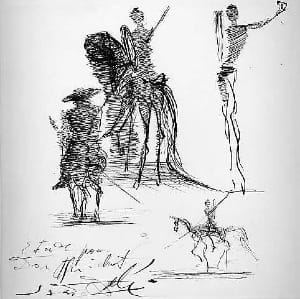
Don Quixote
After being sold as a slave, Miguel de Cervantes struggled with finances (and his personal life but that’s another story!). His work was getting published but a failed tax collector job and various questionable decisions later, he landed in jail for about a year between 1597-1598. It was said that the idea of Don Quixote came to him during his imprisonment. The story follows an older Spanish gentleman named Alonso Quijano who is obsessed with tales of knights and chivalry. Driven mad by these books, he begins to believe he is a real knight. Along with his trusty squire Sancho Panza, he sets off to adventure. In his own words,
“Sancho, my friend, know that I was born, by the will of heaven, in this our iron age, to revive the one of gold, or the Golden Age, as it is called. I am he for whom are reserved dangers, great deeds, valiant feats” (pg 142)
He sold the rights for Part I in 1604 and the novel, published the following year, was an immediate success. He published Part II 1615 as a response to a fake sequel written by an imposter, but unfortunately he did not benefit monetarily from the novel due to selling the rights early on. He died on April 22, 1616 believed, interestingly, to be the same day that William Shakespeare died.
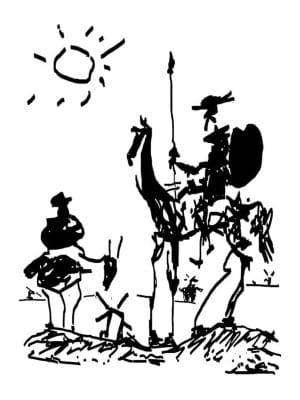
The Impact of Don Quixote
Don Quixote has permeated our popular culture as merely the story about a crazy man who believes he is a knight and fights windmills. This grossly understates its importance in literature. First, Don Quixote is the first ‘modern’ novel; this is meant to mean it was the first novel to have a fictional narrative. Most early works, like the Iliad and the Odyssey, consisted largely of epic poems, knight tales, and religious texts. Don Quixote is considered the first work to look like what we consider a novel to be; it dives deep into complex characters, social & cultural commentary, as well as blending of genres. It is also one of the earliest examples of heteroglossia (inclusion of multiple voices) and metafiction (where the novel is aware of its status as fiction- ‘being meta’). He also utilized satire as commentary on chivalric romances and Spanish society.
In addition, Don Quixote has done for the Spanish language what Shakespere did for the English language. Cervantes shaped Spanish language as we know it today, creating idioms and words such as quixotic (meaning idealistic and impractical) and fighting windmills (luchar contra molinos de viento), while also exploring the thin line between madness and sanity.
Other interesting impacts:
-It is the second most translated book in the world, the Holy Bible being the first; it has been translated into over 140 languages!
-The novel has influenced MANY writers including but not limited to Gabriel Garcia Marquez, Gustave Flaubert (in particular his work Madame Bovary), Mark Twain, F. Scott Fitzgerald, Dickens, Dostoyevsky, Honoré de Balzac, and Kafka.
-There are countless adaptations of this story in pop culture including film, ballet, opera, a musical, and television. Famous artists Picasso and Dali have also interpreted this story in their chosen mediums (both images are in this article).
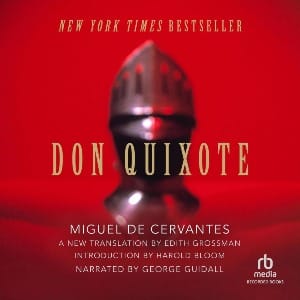
I hope I was able to convey just how important Don Quixote is to literature and culture as well as reveal a little about the author behind the famous Man of La Mancha!
I would love to hear from you, my lovely readers! Did anything in this article surprise you? Have you been inspired to check out Don Quixote in some form (whether the book or an adaptation)? If you are taking the #MayofLaMancha challenge, how far along are you? Feel free to comment below, DM on Instagram (@ladybookishblog), or chat about it on our Facebook group Lady Bookish.
Happy Reading!
Lady Bookish
P.S. I want to note that this novel is originally written in Spanish so I apologize for any mistakes related to the language as discussed in this article. For example, I know Quixote is spelled differently depending on translation.
Sources:
https://poets.org/poet/miguel-de-cervantes
https://www.donquijote.org/spanish-language/spanish-writers/miguel-de-cervantes/
https://www.classicspanishbooks.com/16th-cent-baroque-cervantes-life.html
https://mhebtw.mheducation.com/2014/09/26/chivalry-is-not-dead-an-appreciation-of-don-quixote/
https://blogs.baylor.edu/artsandsciences/2015/12/11/on-don-quixote/
